The early numbers tell a lively story about Apple's newest iPhone lineup, and even Cupertino seems a bit surprised. The iPhone 17 series is beating projections overall. Yet there is a clear split, a winner and a struggler, that says a lot about what people actually want from a phone in 2025.
Morgan Stanley analysts are reporting that interest is running hotter than expected across most models. Apple's response has been quick and decisive, potentially pushing total production past 90 million units, up from 84 to 86 million, according to reports. That mid-cycle surge points to something Apple may have underestimated, the pent-up demand for meaningful upgrades in a value-conscious market.
Here is the twist. Three models are smashing expectations, while the ultra-thin iPhone Air is on a very different track. Early market data suggests demand is significantly weaker than its siblings, prompting rapid production adjustments and a hard lesson about what premium buyers prioritize.
What's driving the iPhone 17's unexpected success?
The standard iPhone 17 models have momentum that caught Apple off guard. The why matters. Supply chain reports indicate Apple told suppliers to lift production of the base iPhone 17 by at least 30 percent after stronger pre-order sales. And manufacturing partners like Luxshare Precision were asked to ramp daily output by as much as 40 percent once launch weekend topped internal forecasts.
That surge signals a shift. At 799 dollars, the base iPhone 17 hits the sweet spot, flagship feel without paying for features many people never touch. With economic jitters and a saturated market, buyers are choosing essential iPhone experiences and skipping Pro-level premiums when they do not need them.
It also reflects sharper value engineering. Industry analysis shows the base model brings robust battery life and pro-level display quality, which puts real pressure on Samsung and Google alternatives. When most of the iPhone experience comes for 200 to 400 dollars less than the Pro line, the math is hard to ignore.
The Pro models are thriving too. Retailers are reporting waits of up to three weeks for the 999 dollar iPhone 17 Pro and the 1,199 dollar Pro Max. The pattern is clear, go maximum value at the entry premium, or go all-in on features at the top. The middle, not so much.
Why the iPhone Air isn't taking off
Multiple supply-chain reports (Nikkei, MacRumors summaries of Nikkei/The Elec sources) indicate the iPhone Air is underperforming and that Apple has trimmed production orders; however, some analyst notes and later checks have pushed back on the severity of cuts — this remains a developing story.
Pricing sets the trap. At 899 dollars, the Air lives in a no man's land, 100 dollars more than the base model, yet short on the practical gains you get with the Pros. You are paying for looks while accepting trade offs. In a utility-first mood, that is a tough sell.
The design-first pitch misses where buyers are leaning. Consumer preference data suggests people want feature-rich phones, not ultra-thin showpieces. The Air’s compromises, a single-camera setup and reduced battery capacity to hit 5.5 millimeters, are exactly the trade offs practical buyers are waving off.
A decade ago, thinner was thrilling. Now people are saying, give me battery life, versatile cameras, and long-term value. That shift, form to function, seems to have slipped past Apple’s radar this round.
Apple has already begun adjusting its supply chain, scaling back Air production while ramping Pro output. Smart pivot, and a reminder that even Apple can misread the room.
The broader implications for Apple's strategy
The mixed results flag key lessons about the premium market and Apple’s stance in it. Financial performance data shows Apple captured 24.7 percent of global smartphone revenue while accounting for 18.3 percent of unit shipments. Premium positioning still pays, but the Air’s stumble suggests design flair alone no longer guarantees a premium price.
The pattern is consistent, base and Pro models thrive, the Air stalls. Market analysis reveals buyers are opting for the more affordable option inside Apple’s premium fence, a sign that price sensitivity now reaches even loyalists.
That could steer product plans. Expect practical upgrades to keep winning, better cameras, longer battery life, faster performance, smarter value engineering, rather than ultra-thin experiments that take away everyday utility.
Industry observers note the iPhone 17’s momentum can lift Apple’s fiscal outlook, with gains spilling into future cycles. Rapid production shifts based on real-time demand show an operational gearset built for a market that keeps changing.
It also validates the diversified lineup. Multiple strong options across price points let Apple capture demand even when one model misses.
What this means for the future of iPhone innovation
The iPhone 17 launch doubles as a feedback loop. The Air’s early struggle may sting, but it offers useful direction for design-forward products to come.
Analysts suggest the Air could mirror the MacBook Air arc, a niche that favors aesthetics over sheer functionality, building an audience over time rather than hitting mass-market highs on day one. That approach hints at a longer game, design leadership and manufacturing chops that set up future ultra-thin devices.
Meanwhile, the standard and Pro models reinforce Apple’s core play, clear value at every rung. TrendForce projections indicate total iPhone 17 shipments could rise by 3.5 percent versus the iPhone 16 lineup, proof that diversification works even when a single model lags.
The core takeaway lands clean, buyers want upgrades that make daily life better, not just pretty spec sheets. The Air’s reception, balancing form with function, will almost certainly shape future moves, including the much-anticipated foldable iPhone expected in 2026.
Looking ahead, industry speculation suggests this momentum could reshape premium smartphone playbooks and how brands differentiate. If the iPhone 17 has made anything clear, it is this, value-savvy customers want devices that improve their lives, not just ones that push industrial design for its own sake.
The bottom line, Apple’s iPhone 17 family is largely a win, and a timely reminder to stay tuned to shifting customer priorities. Innovation that boosts everyday utility will beat innovation that caters to looks alone.




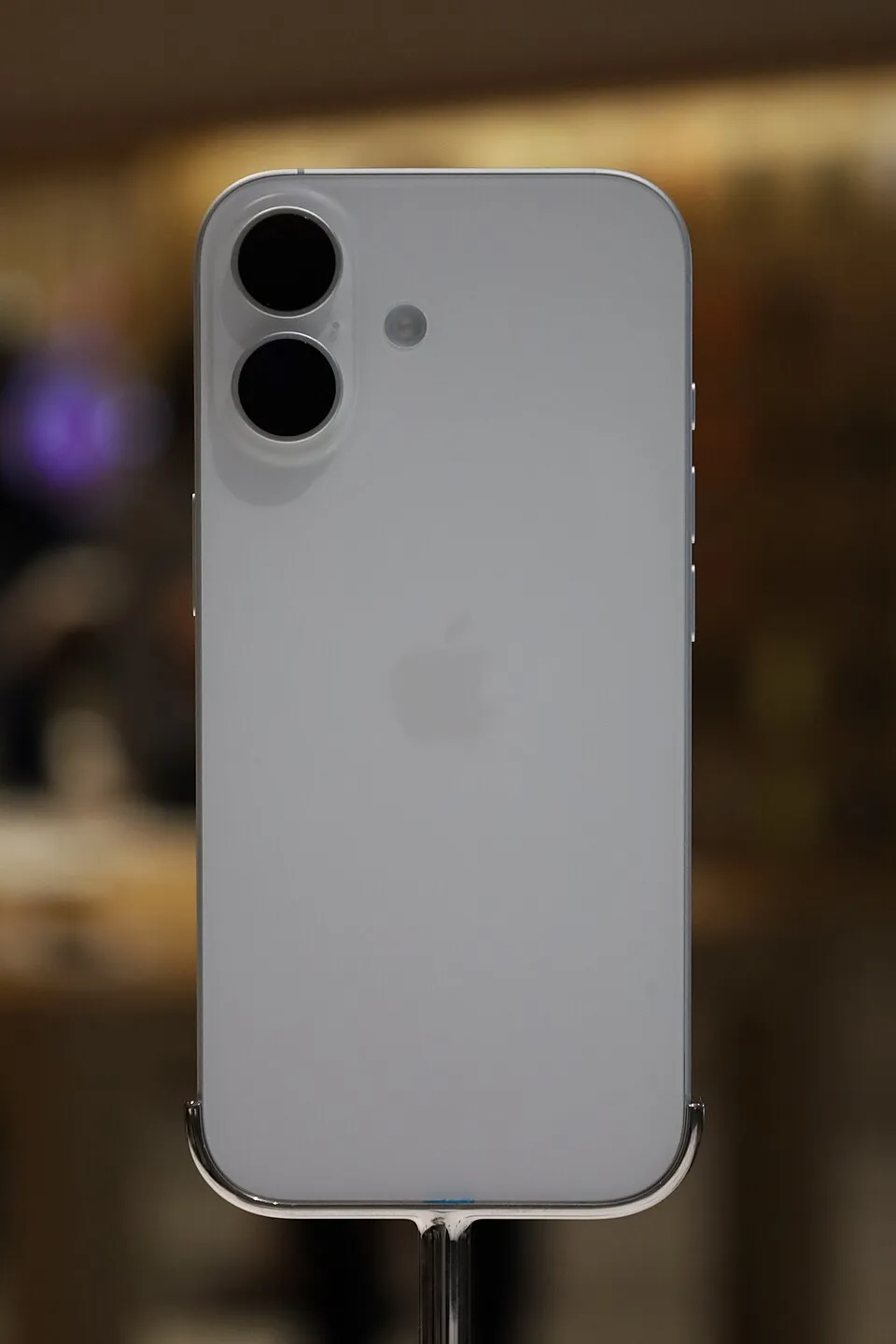
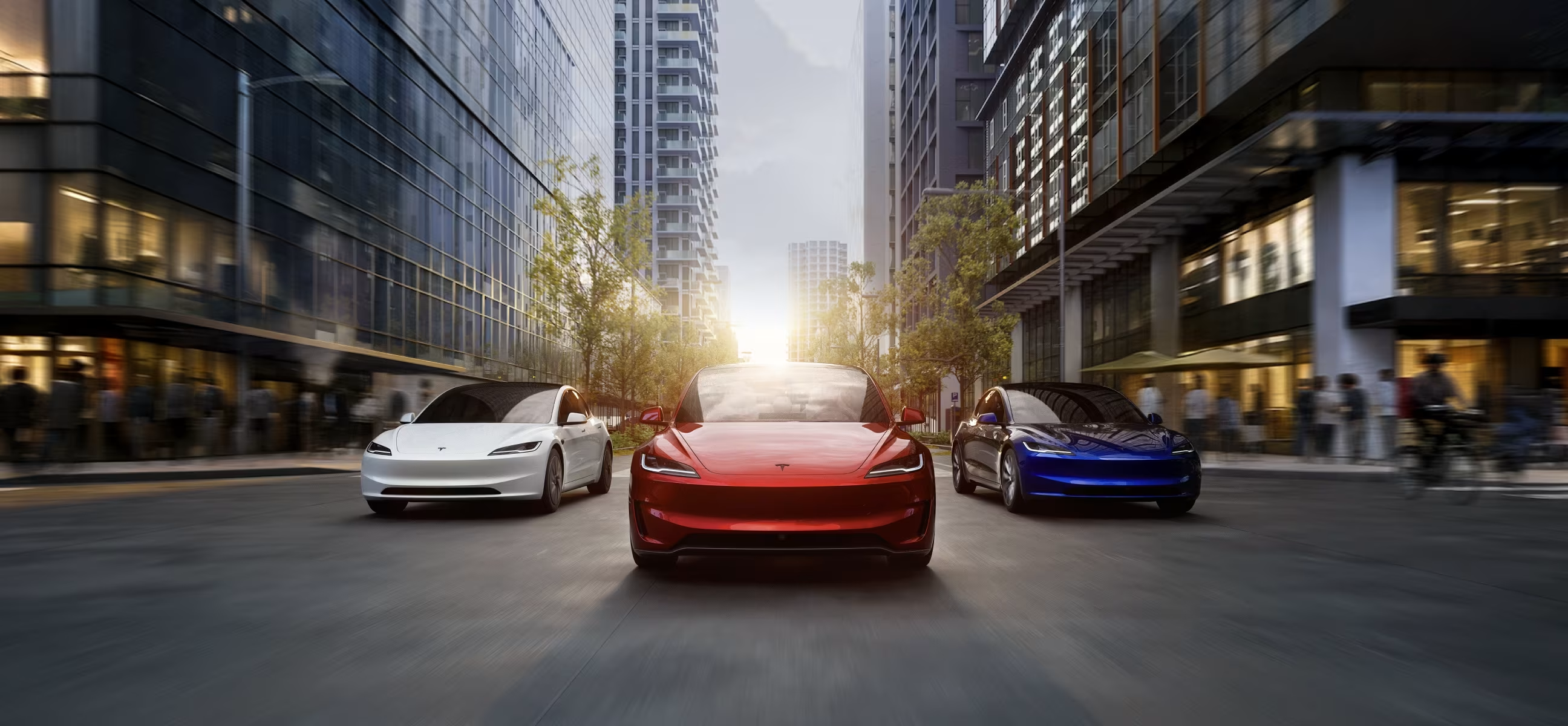
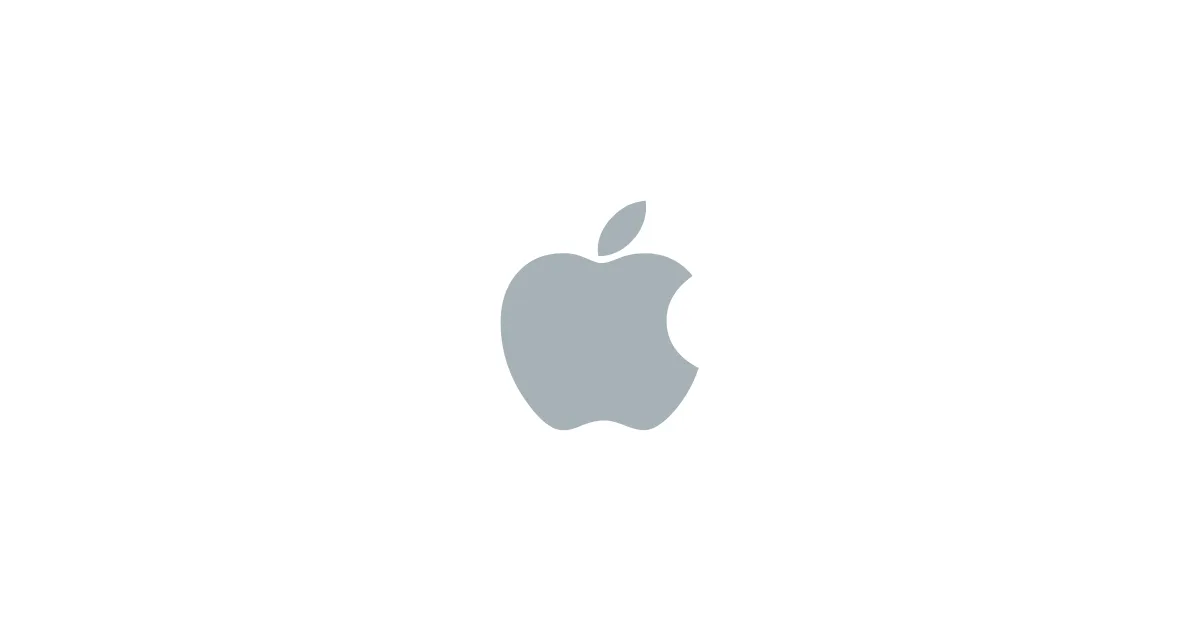
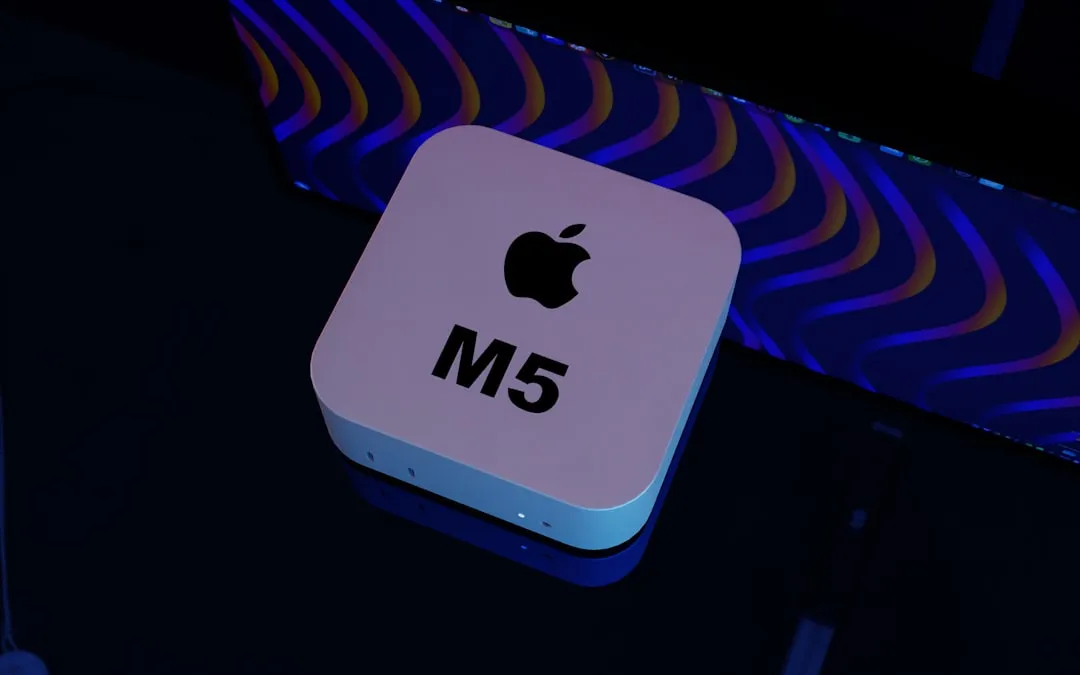
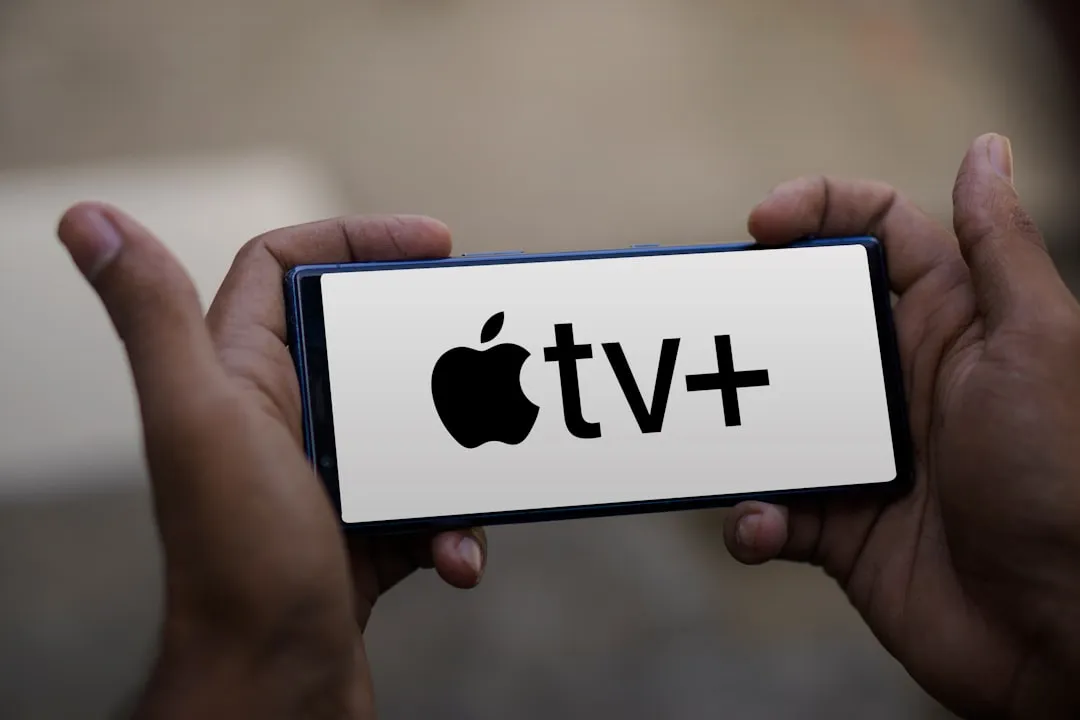
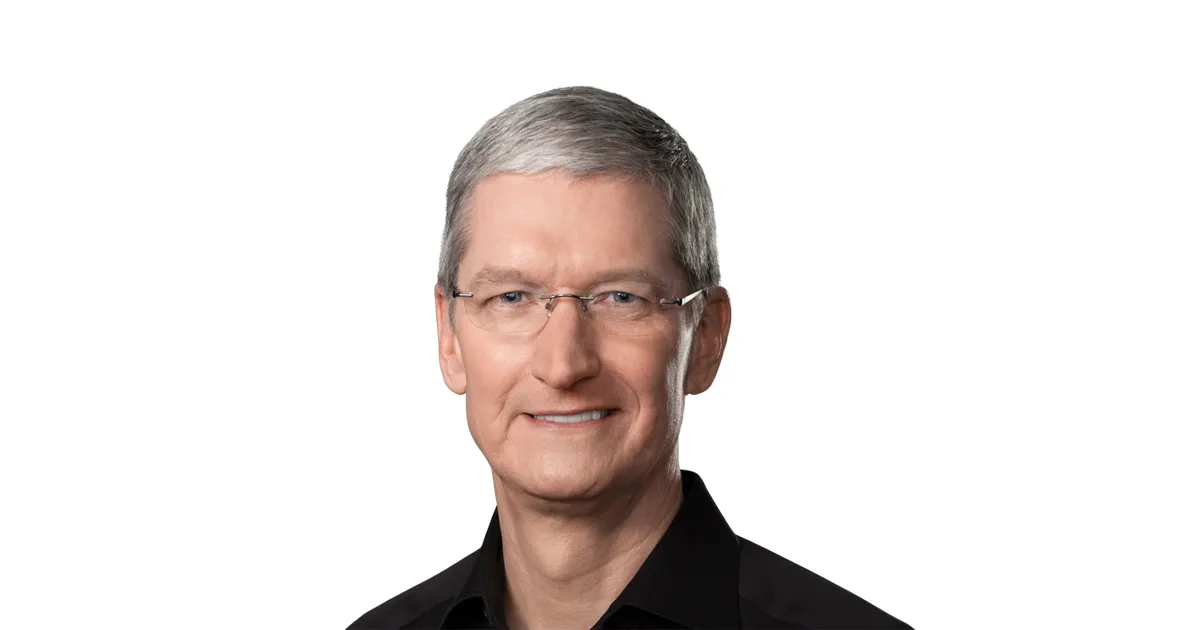
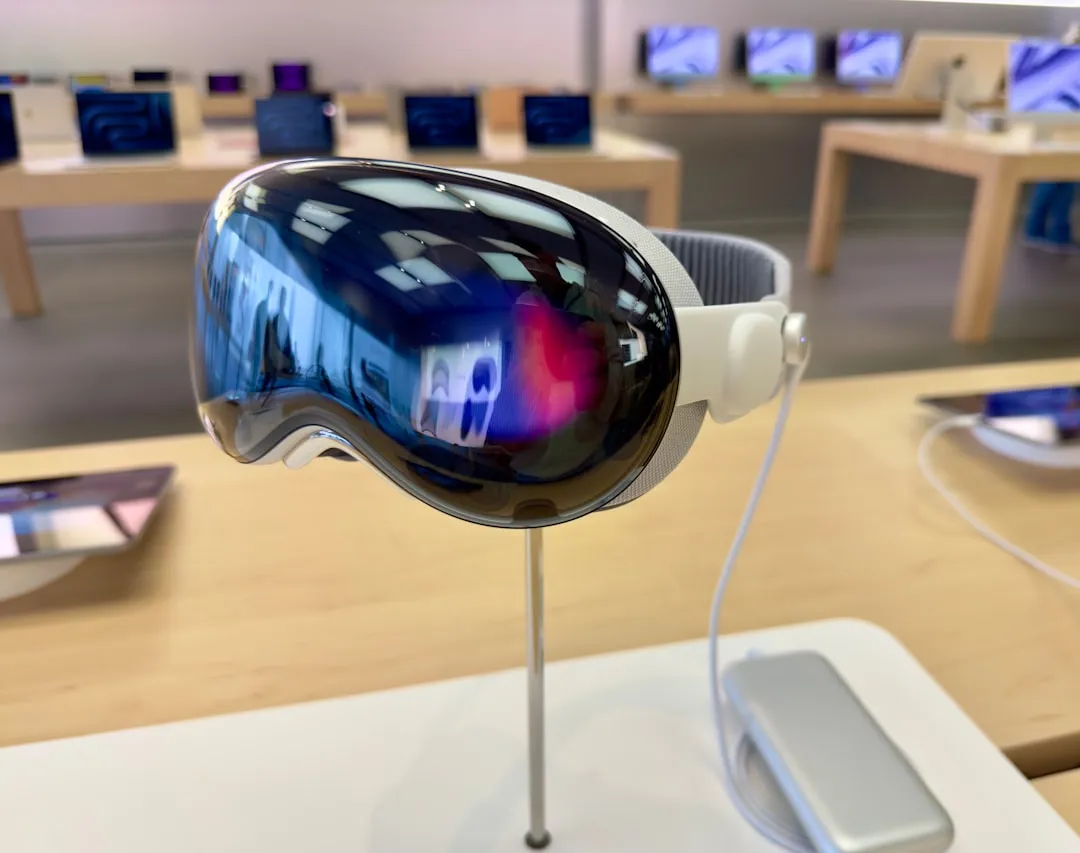
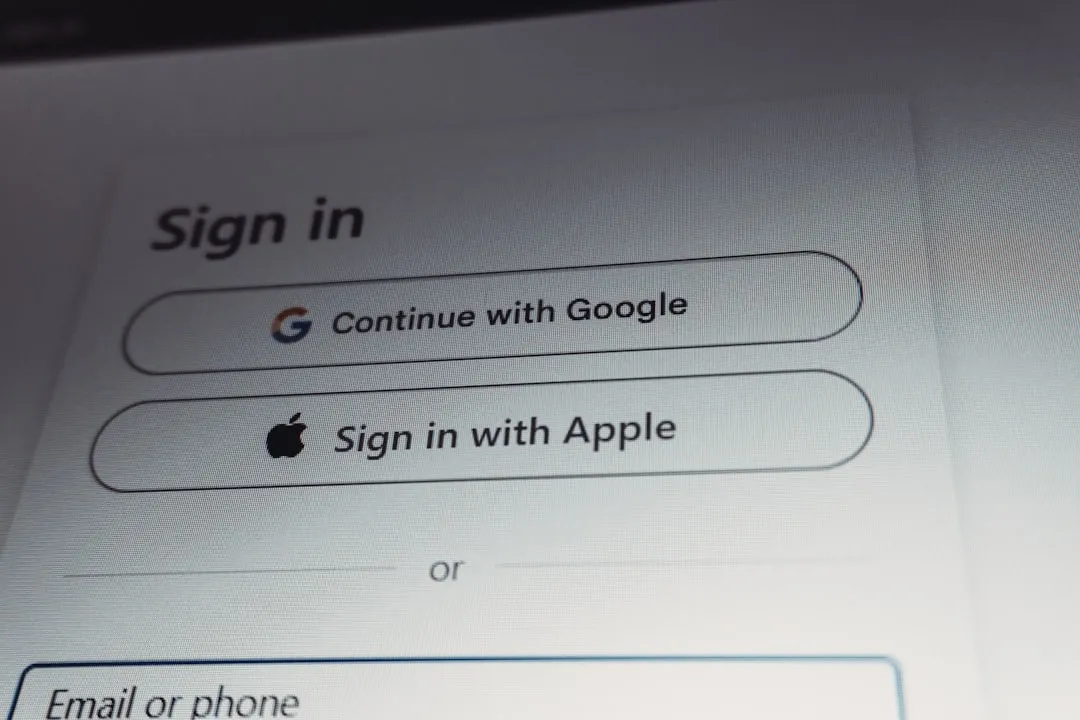
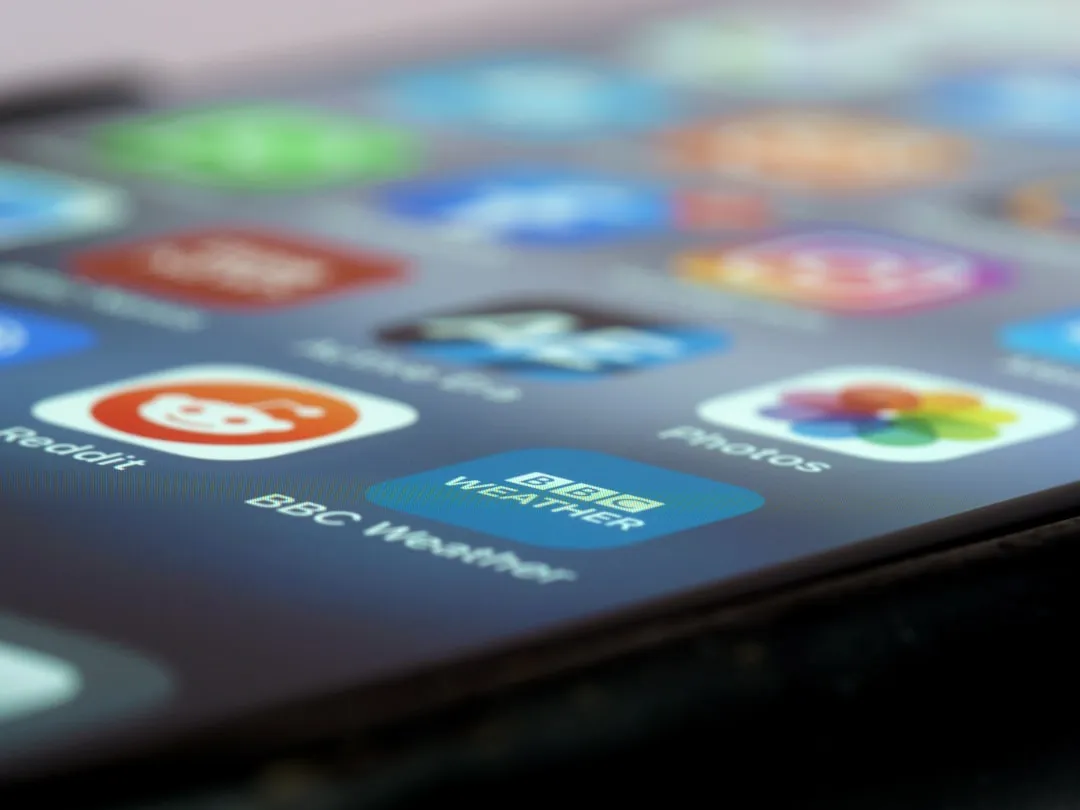
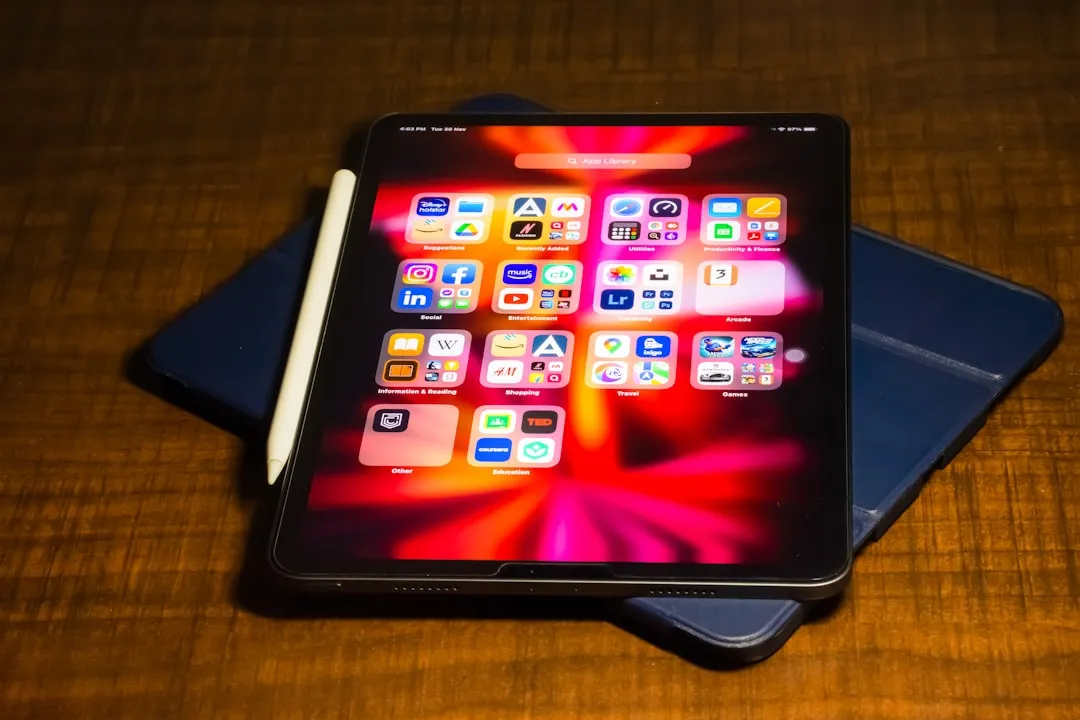
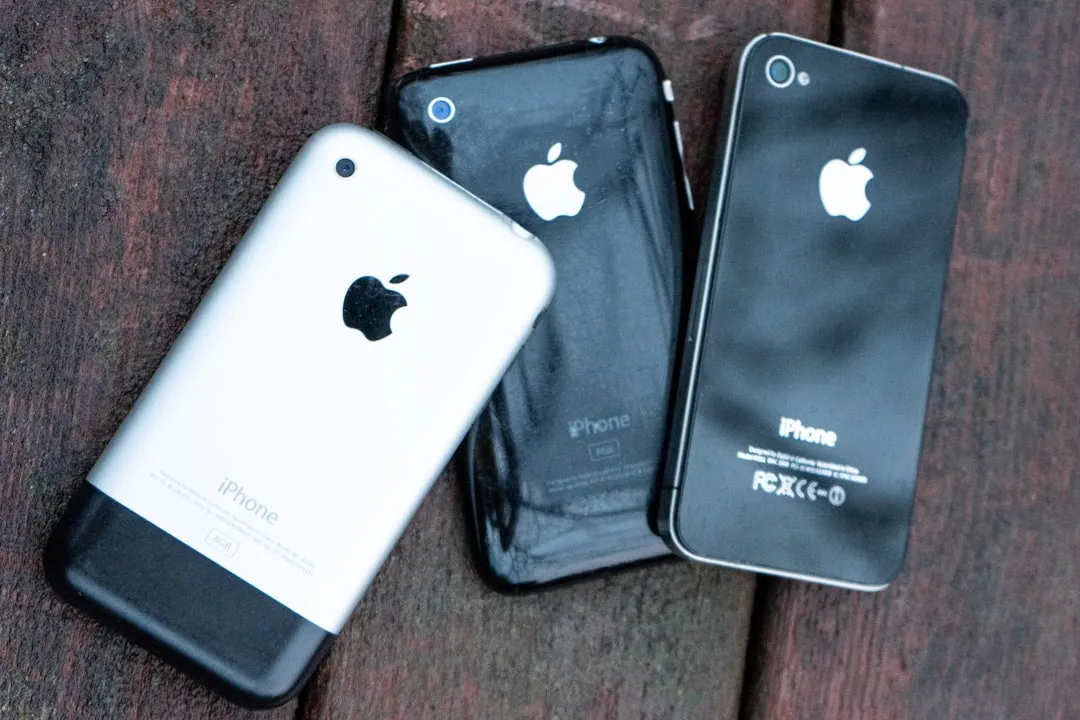
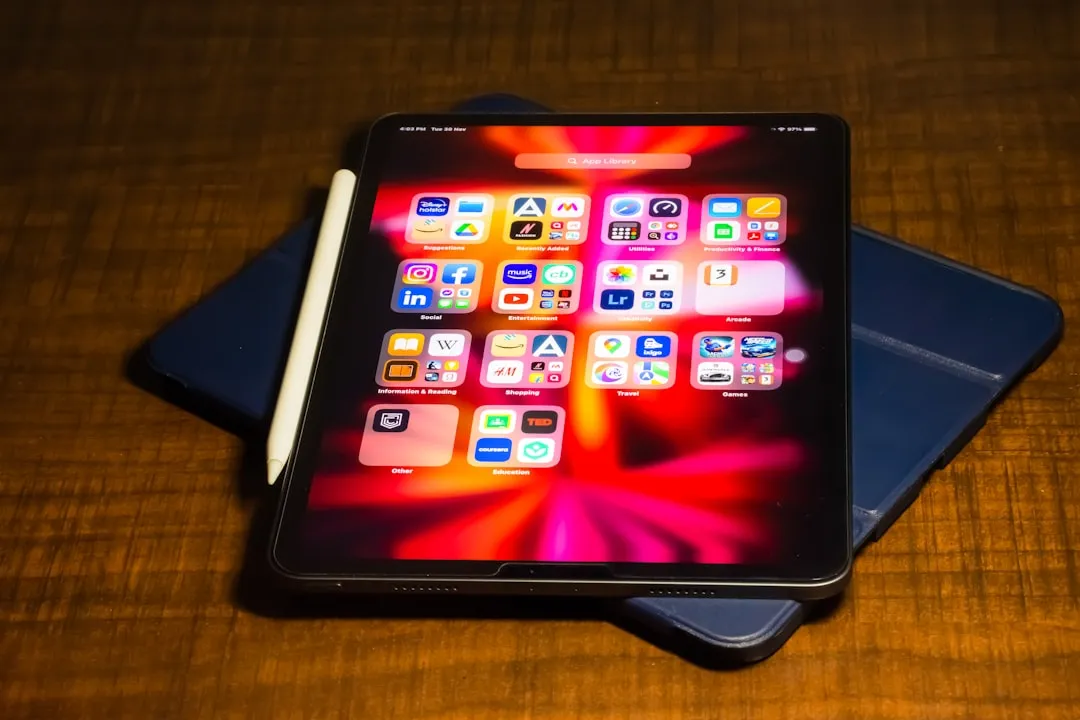

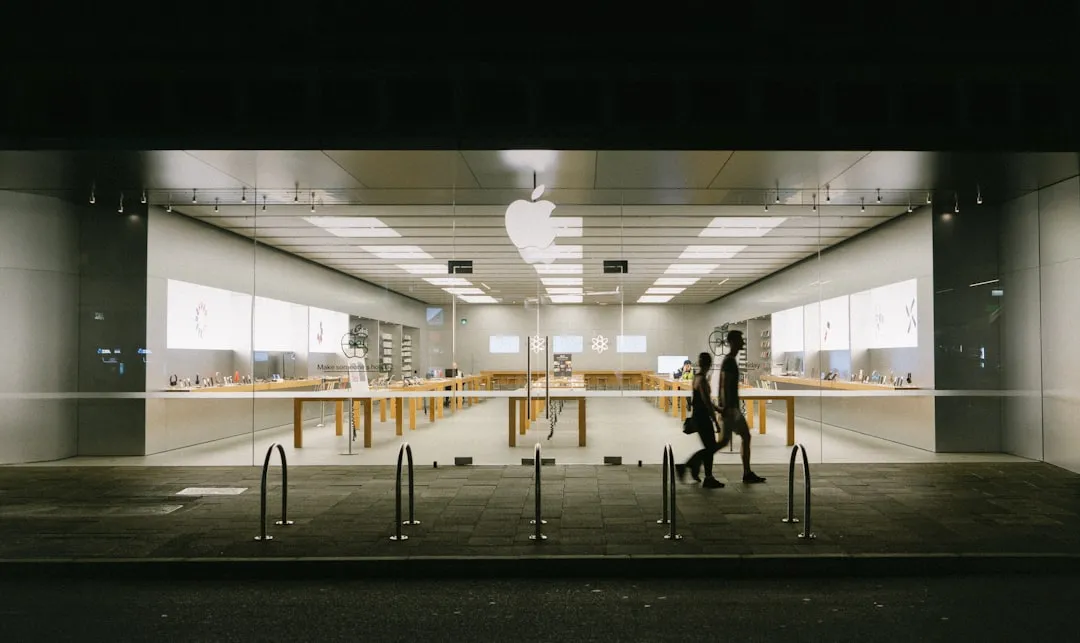
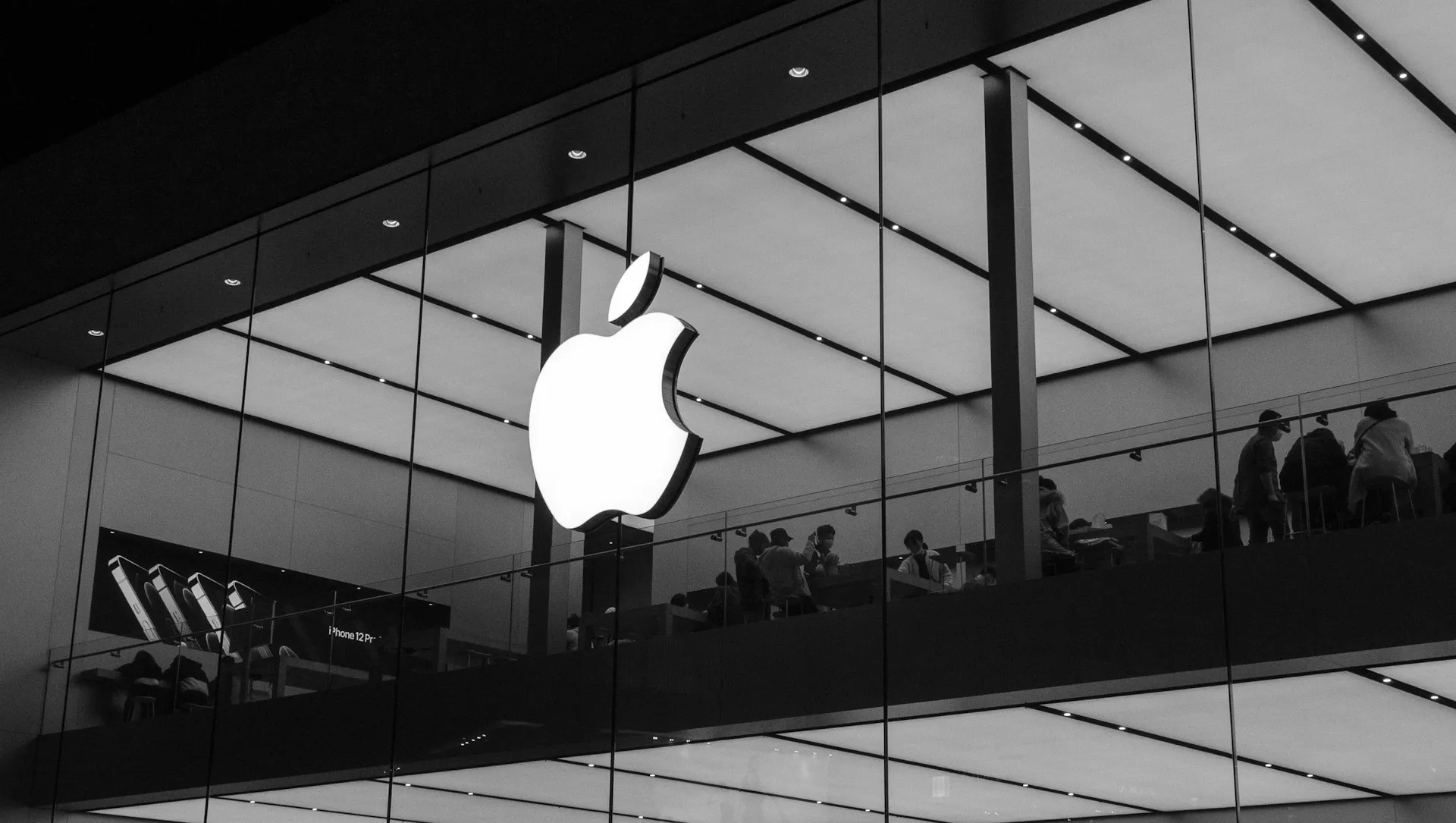
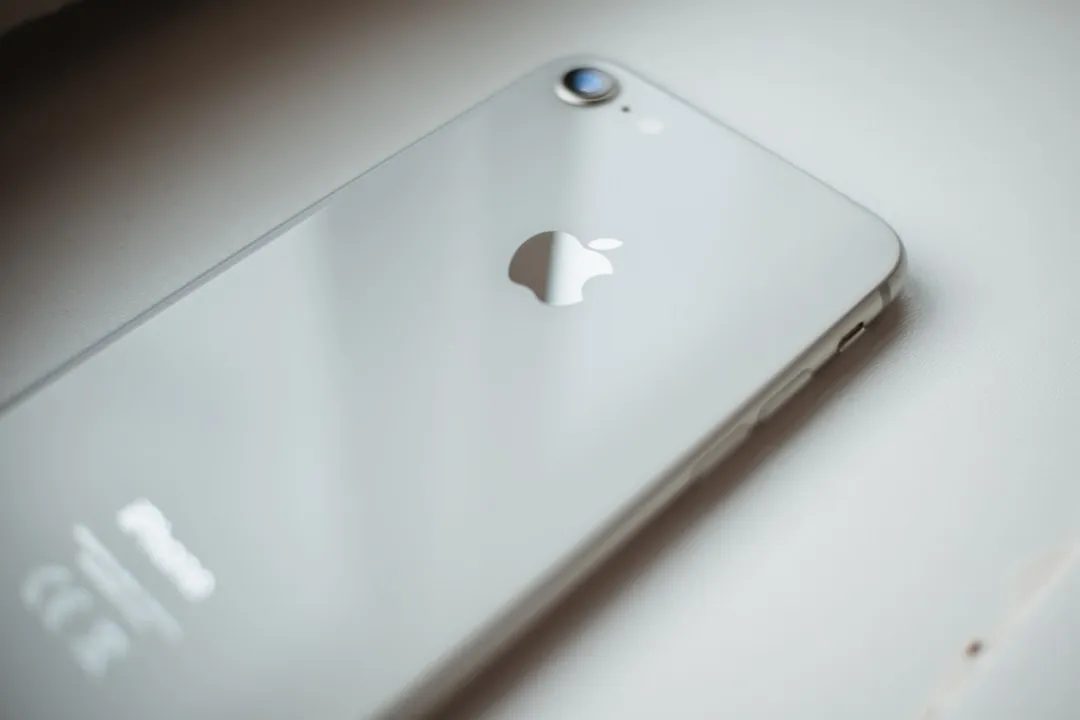
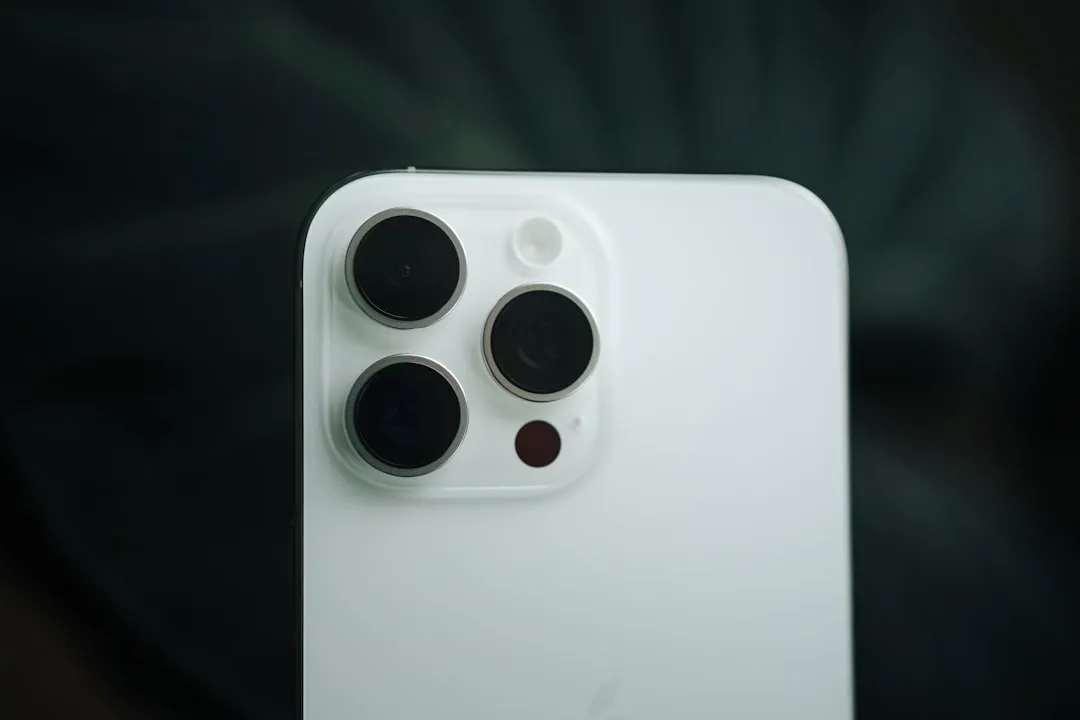
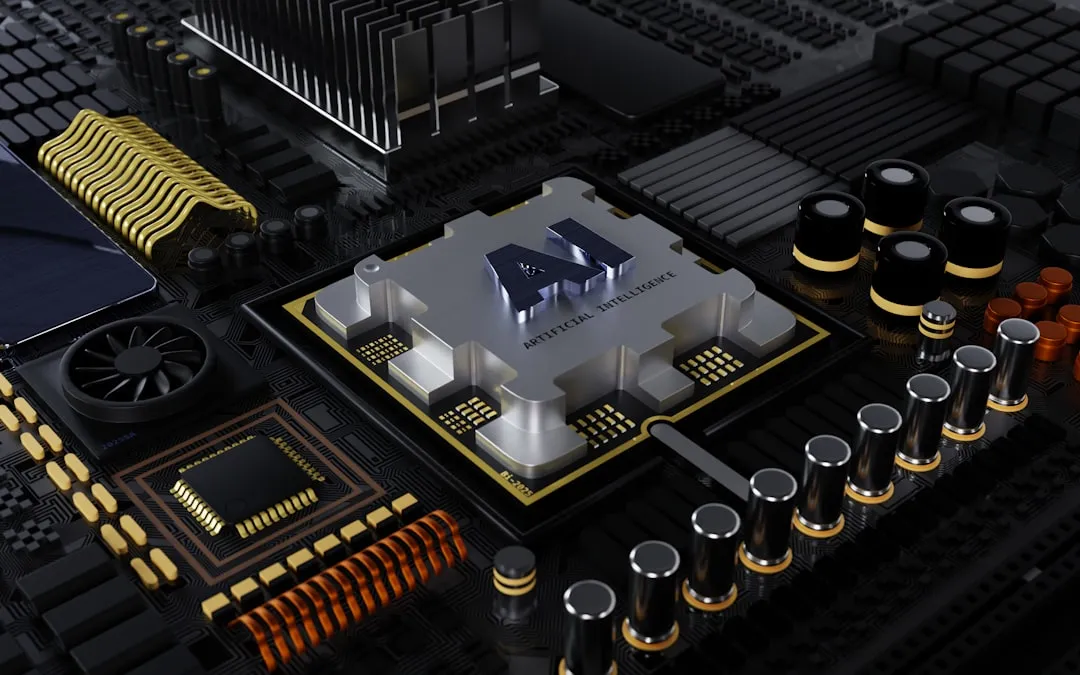
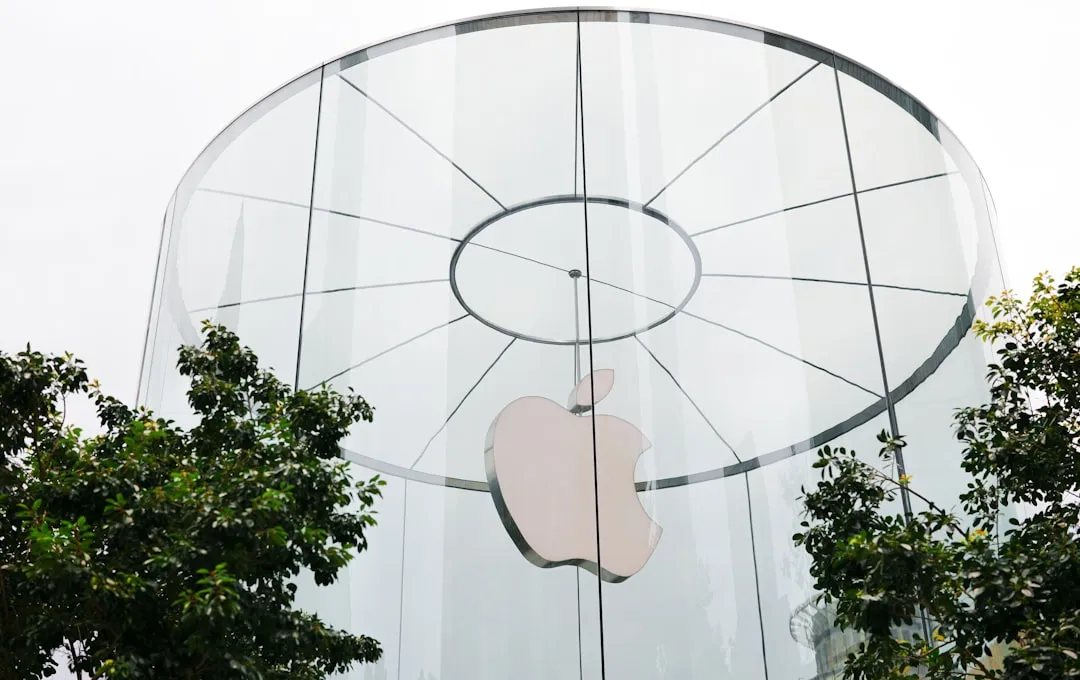

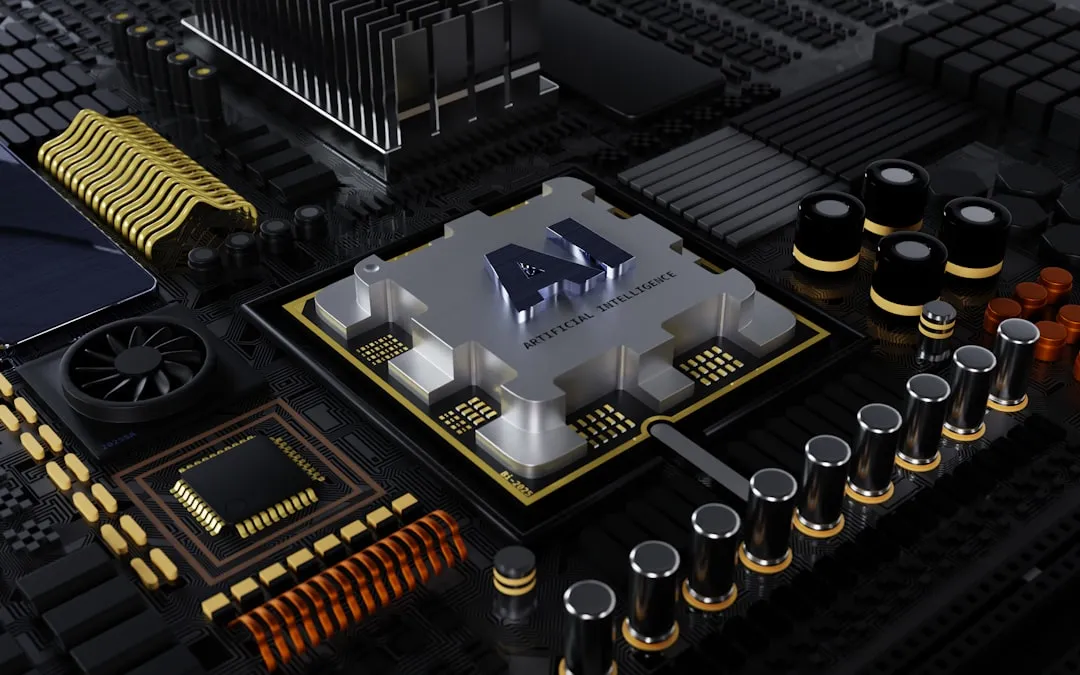
Comments
Be the first, drop a comment!